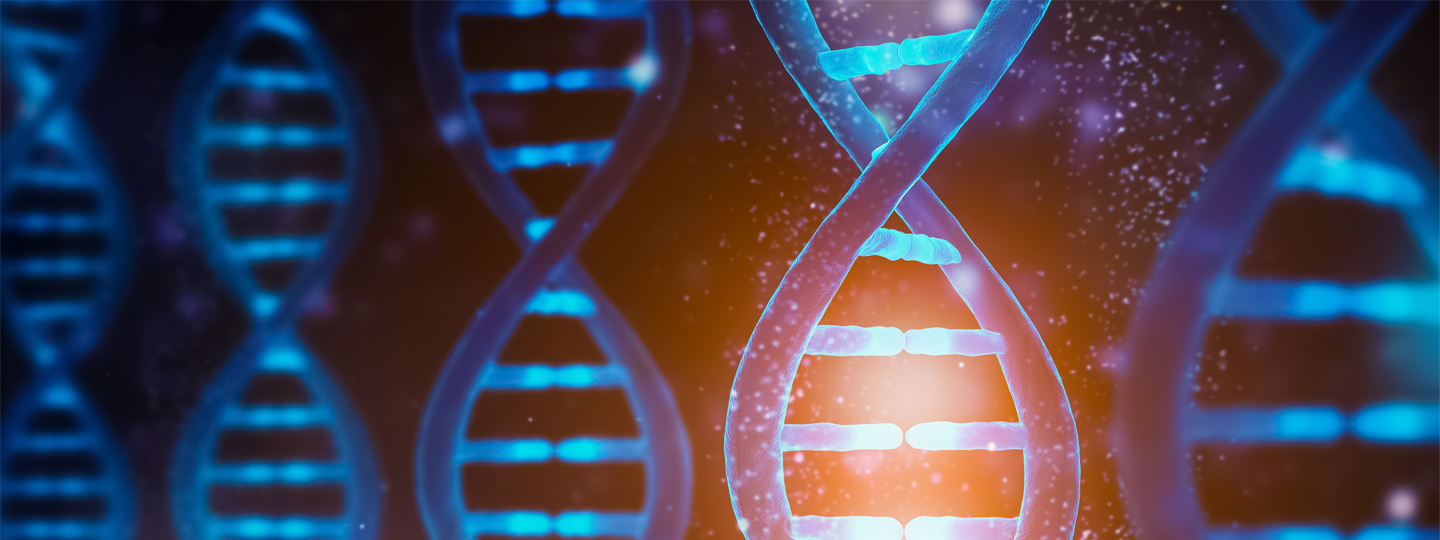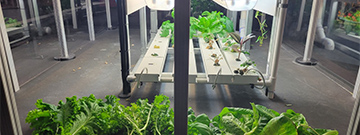
Genetic Engineering
Have you ever eaten a pluot? No, that’s not a typo – a pluot is a hybrid fruit which is made from two different fruits (plum and apricot)! There are many more hybrid fruits available today, and they exist due to genetic engineering!
Genes are teeny-tiny information-carrying components in an organism. Genes are small segments of DNA that carry genetic material, and DNA is found in every living thing’s cells. Research with bacteria and viruses in the 1960s and 1970s gave birth to genetic engineering. In 1968, Swiss scientist Werner Arber identified restriction enzymes, which was a pivotal discovery. These enzymes are found in nature and cleave DNA into pieces during replication. The discovery of restriction enzymes paved the way to progress in the science of genetics.
What is genetic engineering and how does it work? Scientists join pieces of DNA from other organisms in genetic engineering. They achieve this in a variety of ways, including cutting and reconnecting genes. They start by taking DNA from a donor organism and cutting off the gene they wish to utilize. The gene is then fused to the DNA of another creature. As a consequence, DNA with properties from both creatures is produced by replication. Recombinant DNA is the name given to this novel DNA. Scientists may put recombinant DNA into bacteria to produce additional copies. When bacteria multiply, the DNA is replicated as well. The term for this procedure is called gene cloning.
What may genetic engineering be used for? There are several applications for genetic engineering. It might be utilized to make beneficial medicinal chemicals like vaccinations. Genetic engineering is now widely utilized to create plants with desirable characteristics. Cotton plants, for example, have been genetically engineered to poison dangerous insects. Genetically modified organisms are living organisms that have been formed through genetic engineering (GMOs).
The concept of genetic engineering is disputed, which means that individuals disagree on whether it is beneficial or harmful. Some people believe that changing human DNA is risky or unethical. Some people believe that consuming genetically modified foods is harmful to their health. Others believe that, when utilized properly, genetic engineering may be extremely beneficial to society. Genetic engineering is a major scientific discovery that will only continue to advance in the future.
Sources:
“Genetic Engineering.” Genome.gov, https://www.genome.gov/genetics-glossary/Genetic-Engineering#:~:text=Genetic%20engineer ing%20is%20the%20process,genetic%20makeup%20of%20an%20organism.&text=Genetic%20 engineering%20involves%20the%20direct,give%20it%20a%20desired%20phenotype.![]()
“Genetic Engineering.” Genetic Engineering – an Overview | ScienceDirect Topics, https://www.sciencedirect.com/topics/immunology-and-microbiology/genetic-engineering. ![]()
Scientific Peer Review by Alysia Mandato
Aneri Shethji:
Aneri Shethji is a 10th grader at North Allegheny Intermediate High School. She is very passionate about science and writing and enjoys getting involved with the community. In her free time, Aneri spends time with friends and family and loves getting outside. She can’t wait to learn more about all that science has to offer, and help others learn it too!

On April 8, 2024, we will witness a mesmerizing event. A total solar eclipse is upon us, and here at the Science Center, we can explore this celestial phenomenon in many ways.
But first, what is this event? A ...

Climate change is a big deal. We’ve all seen news stories about greenhouse gas emissions, rising temperatures, and the hole in our ozone layer. However, what tends to sometimes be overlooked is climate change’s ...

In the captivating world of health care, a fascinating transformation is taking place—a rise in Artificial Intelligence, or AI! Picture a world where smart machines team up with doctors to revolutionize medicine, making ...

Hydroponics, a contemporary farming method, redefines how we grow plants, offering a fresh approach to cultivating crops that differs from traditional soil-based farming. This innovative technique doesn’t rely on soil ...

In our solar system, the eight planets—Mercury, Venus, Earth, Mars, Jupiter, Saturn, Uranus, and Neptune—are talked about more than anything. While the ...

Quantum computers are on the forefront of technological advancement. These machines, unlike any traditional computers you’re familiar with, harness the ...

The Earth is a spectacle of constant movement. Periodically, it commands our attention with displays of power—earthquakes. These events are tied to the intricate movements of the Earth's tectonic plates. Tectonic ...

Have you ever wondered how investigators in crime shows manage to identify suspects with such accuracy? Dusting for fingerprints isn’t always feasible in many cases, so the true answer lies in a different type of ...

Writers: Evan Allen, Ricardo Aguilar, Jillian Pensenstadler, Amelia Foley, and Ian Lisien
Once a center of industrial prowess, Pittsburgh has undergone a remarkable transformation, ...

Have you ever questioned what happens to the food you consume? Prepare yourself for a thrilling voyage as we go through your digestive system! We'll look at ...

When someone falls on their arm, they immediately head to the hospital to see if it is hurt. X-rays are used by doctors to examine your bones more ...

Even though dinosaurs became extinct about 65 million years ago, we know quite a bit about them, including what they ate, where they lived, and even what ...



